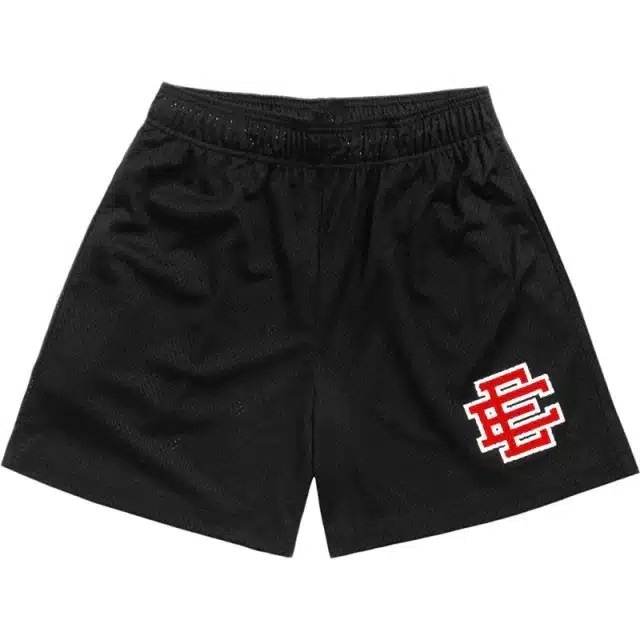At its essence, the circular economy is an economic model aimed at minimizing waste and making the most of resources. In contrast to the traditional linear model—”take, make, dispose”—the circular economy focuses on reuse, recycle, and regenerate. This model encourages fashion brands to rethink how they design, manufacture, and distribute clothing, ensuring that garments can either return to the supply chain or biodegrade naturally.
Importance in Fashion
Fashion, with its rapid turnover of trends and disposable items, has been one of the worst offenders in the linear economy. The average person today buys 60% more clothing than they did 15 years ago, but each garment is kept half as long. As a result, the call for a circular fashion industry has become stronger, driven by both consumers and policymakers.
Key Strategies for Circular Fashion
Sustainable Materials
The foundation of circular fashion begins with materials. Visit now https://ericemanuelclothing.shop/ Organic cotton, recycled polyester, and hemp are examples of materials that are either biodegradable or recyclable. Brands are now focusing on sourcing sustainable fabrics that minimize environmental impact, ensuring that the garments made from these materials can either break down naturally or be recycled into new clothing.
Designing for Longevity
Creating clothing that is durable and timeless is another pillar of the circular economy. Fashion brands are shifting away from fast fashion, which is notorious for cheap, disposable items, and instead, they’re focusing on quality craftsmanship. This shift allows consumers to buy fewer but better garments that last longer, reducing the need for frequent purchases and the subsequent waste.
Repair and Maintenance Services
A growing trend in the industry is offering repair services. Brands like Patagonia and Eileen Fisher have long championed this idea, allowing consumers to send back their worn items for repair, extending the garment’s life. Repair services not only reduce waste but also foster a deeper connection between the consumer and the product, encouraging them to value their purchases more.
Upcycling and Recycling
Fashion is embracing upcycling—the process of taking old or discarded materials and transforming them into something new. This method not only saves resources but also brings a unique, one-of-a-kind aspect to fashion items. Recycling is another critical component, where fabrics from old garments are broken down and reconstituted into new yarns for manufacturing.
Benefits of the Circular Economy for the Fashion Industry
Environmental Impact
The fashion industry’s carbon footprint is substantial. It accounts for 10% of global carbon emissions, and without intervention, this figure is expected to grow. The circular economy aims to dramatically reduce the industry’s environmental impact by cutting down on waste, energy use, and water consumption. Using recycled materials also reduces the demand for virgin resources, lessening the strain on the planet.
Economic Opportunities
For businesses, the transition to a circular economy offers new revenue streams. Brands can create take-back programs where customers return old clothing in exchange for store credit, which can then be upcycled or resold. These initiatives not only promote sustainability but also enhance customer loyalty. Additionally, the circular economy encourages the development of new technologies for recycling and fabric production, fostering innovation within the industry.
Consumer Behavior
Consumers today are becoming more environmentally conscious. Millennials and Gen Z, in particular, prefer brands that align with their values of sustainability and ethical production. The circular economy provides fashion brands with an opportunity to connect with these demographics by offering eco-friendly options that are both stylish and sustainable. This consumer shift also drives businesses to be more transparent about their practices, ensuring that ethical behavior is rewarded.
Challenges in Implementing the Circular Economy in Fashion
Supply Chain Overhaul
One of the most significant challenges for fashion brands is restructuring their supply chains. Check it now https://essentialsfogclothing.store/fear-of-god/ The current fashion system is largely built on cheap, disposable clothing made from non-recyclable materials. To fully adopt the circular economy, companies will need to invest in new technologies and infrastructure to enable recycling and upcycling processes. This shift will take time and resources, which may deter some brands from immediate action.
Consumer Mindset Shift
While there is a growing demand for sustainable fashion, not all consumers are ready to embrace slow fashion. Fast fashion has created a culture of constant consumption, and many shoppers are accustomed to buying cheap, trendy items. Shifting this mindset toward investing in higher-quality, longer-lasting garments is crucial for the success of the circular economy in fashion.
Regulation and Standardization
Governments and international bodies are beginning to introduce regulations to encourage circular practices in fashion. However, there is still a lack of standardization when it comes to defining what constitutes “circular” fashion. This ambiguity can lead to greenwashing, where companies falsely market themselves as sustainable without adopting genuine circular practices. Ensuring strict standards and certifications will be essential in holding the industry accountable.
The Future of Fashion in a Circular Economy
The transition to a circular economy is inevitable for the fashion industry. As environmental pressures mount and consumer preferences shift toward sustainability, brands that do not adapt risk being left behind. The future of fashion will likely see a rise in closed-loop systems, where products are designed, manufactured, and used in a way that allows them to be fully reintegrated into the system, either as raw materials or through reuse.
Furthermore, technology will play a pivotal role in this transformation. From advancements in fabric recycling to blockchain for tracking product life cycles, innovation will drive the industry toward a more sustainable future. The fashion industry has the potential to be a leader in the circular economy, showcasing how creativity and sustainability can coexist.
Conclusion
The circular economy offers a promising solution to many of the environmental challenges posed by the fashion industry. By adopting sustainable materials, focusing on longevity, and promoting repair and recycling, the fashion industry can drastically reduce its environmental footprint while still thriving economically. Brands that embrace these changes will not only meet the growing demand for sustainable fashion but will also play a crucial role in shaping the future of the industry.
